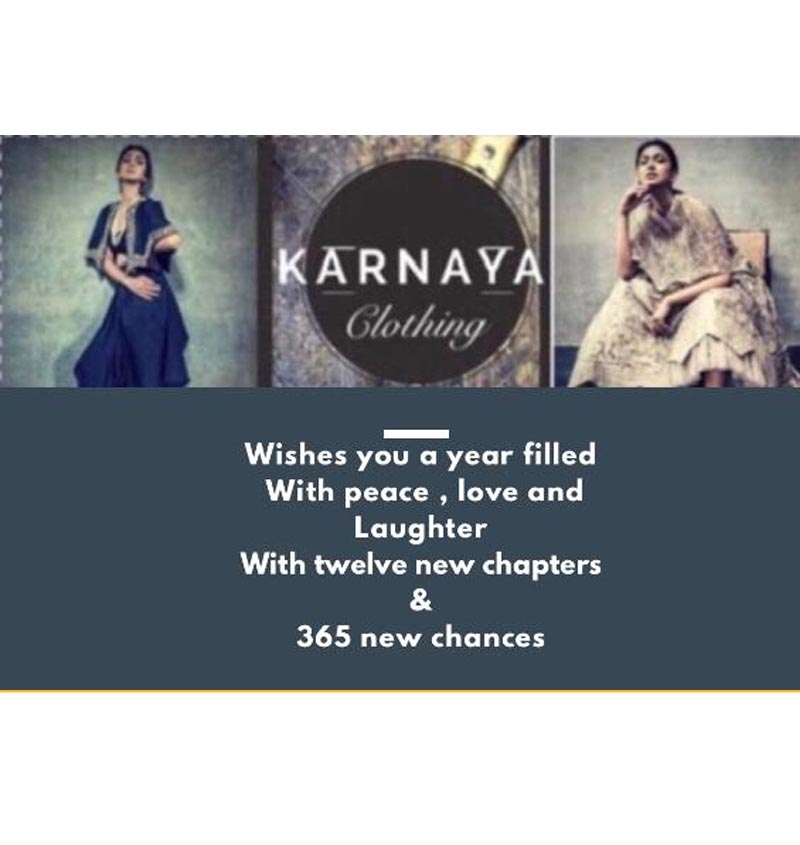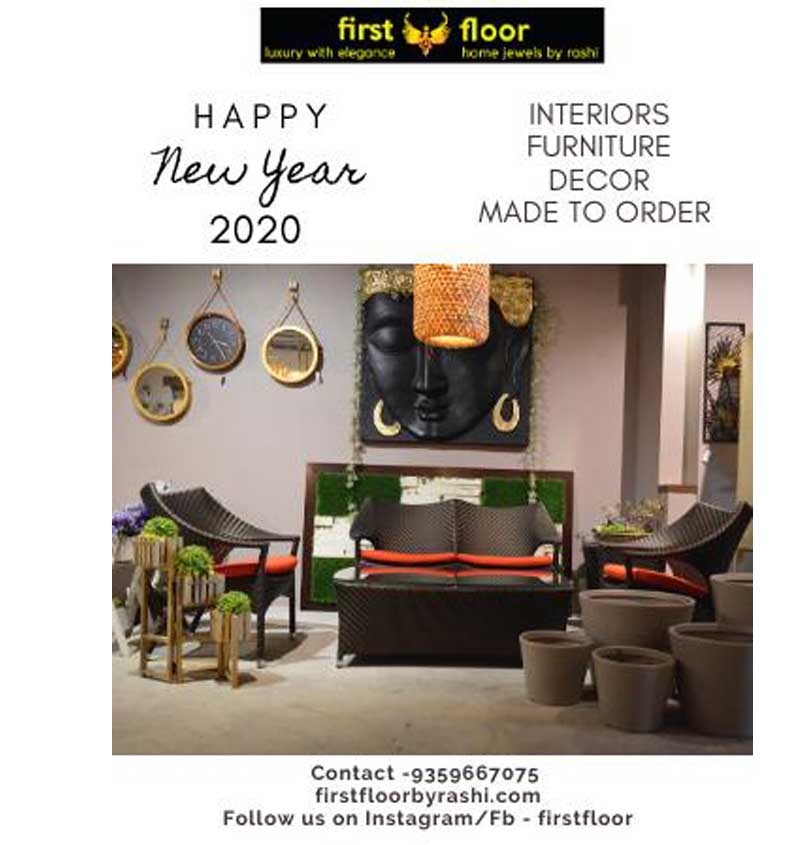The Emotional Connection to Clothing
Fashion and mood are closely linked. Just as emotions influence our thoughts and behaviors, they also shape how we present ourselves through clothing. A bright color might reflect joy or a desire to stand out. An all-black ensemble might signal a need for comfort, power, or even withdrawal. Loose silhouettes can express a carefree attitude, while sharp tailoring may indicate confidence or control.
This phenomenon is known as "enclothed cognition"—a psychological theory suggesting that the clothes we wear influence not only how others perceive us, but also how we perceive ourselves. When we wear something that aligns with our mood or desired mindset, it can reinforce or even change the way we feel.
Dressing Up (or Down) to Match the Mood
Here’s how different emotions can influence the way we dress:
-
Happiness: People who are feeling cheerful often gravitate toward bright colors, bold patterns, and fun accessories. These pieces amplify energy and signal openness and optimism.
-
Sadness or Stress: In difficult moments, we might retreat into comfortable or oversized clothes, darker tones, or familiar styles. These choices provide a sense of security, much like emotional armor.
-
Confidence: Feeling strong and empowered often translates to structured clothing, such as suits, heels, or statement pieces. Power dressing is real—and it’s effective.
-
Romantic or Playful: A light mood may inspire soft fabrics, flowing lines, or flirty cuts. Lace, silk, and ruffles are all popular choices when people feel connected and expressive.
-
Anxiety or Overwhelm: People experiencing emotional fatigue may choose neutral or minimal outfits, avoiding attention. Simplicity becomes a way to conserve mental energy.
Fashion as a Tool for Mood Enhancement
Interestingly, just as our mood influences what we wear, the reverse is also true: what we wear can influence our mood.
Putting on a favorite outfit can serve as a confidence booster. Dressing in vibrant colors can lift a low mood. Wearing something that fits well and feels good can improve body image and encourage a positive mindset. In this way, fashion can be a form of self-care—a tool we can use to shift how we feel and take charge of our emotional state.
This is the idea behind "dopamine dressing"—wearing clothes that spark joy to intentionally elevate one’s mood.
Cultural and Social Considerations
Different cultures and social groups have their own interpretations of how fashion and emotion intertwine. In some cultures, mourning is expressed through specific garments or colors (like black or white), while celebrations involve ornate, brightly colored outfits. Social events, gender norms, and community standards also influence how people express their emotions through style.
Moreover, fashion has been a powerful voice for emotional and political expression throughout history. Think of the punk movement’s rebellious leather and spikes, or protest T-shirts with emotional slogans—these aren’t just fashion statements; they’re emotional statements.
Conclusion: Your Closet, Your Canvas
Ultimately, fashion is a mirror—it reflects not just trends or taste, but who we are inside. When we dress according to our feelings, we become more connected to ourselves. And when we use clothing to shift our mood, we take part in a subtle but powerful form of emotional regulation.
So the next time you stand in front of your closet and ask, “What should I wear today?”—pause and consider a deeper question: “How do I feel today?” You might find that your outfit has something to say.



















Your Message